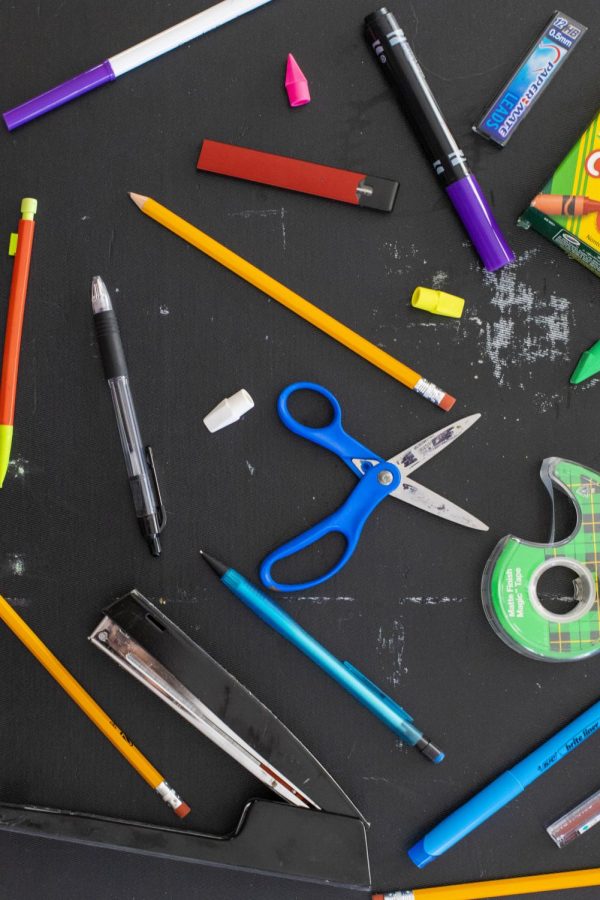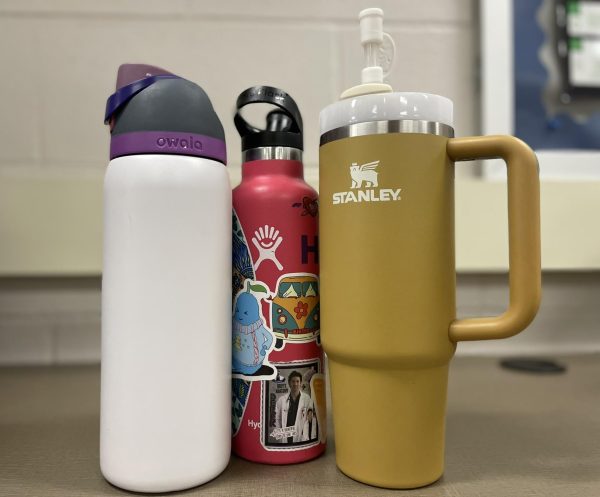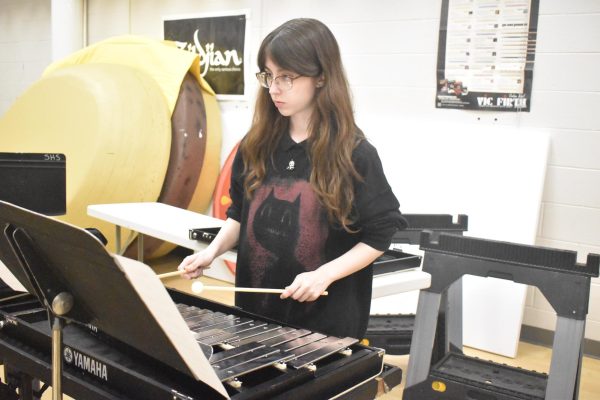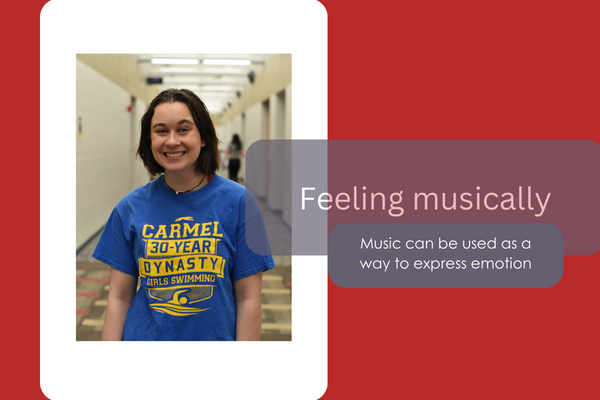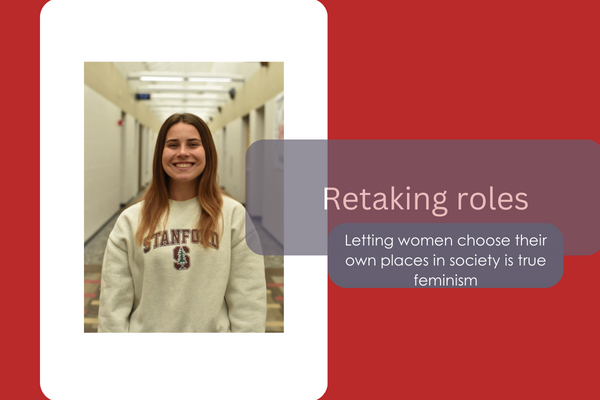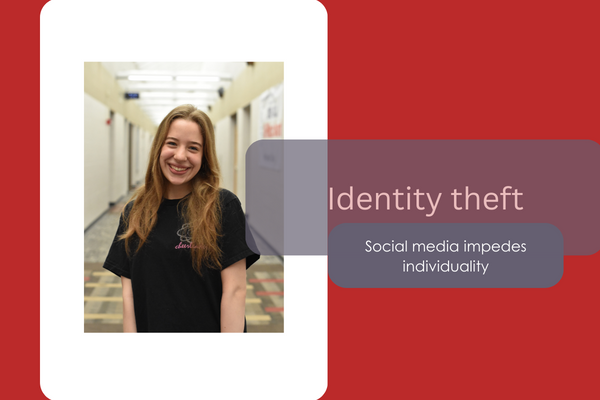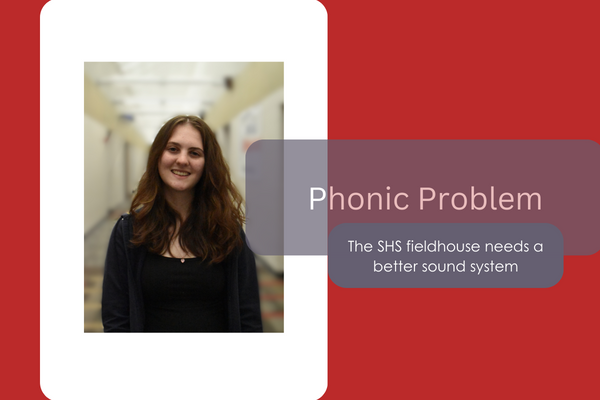Seeing through the smoke
Vape companies are targeting teens, but what is the FDA doing about this issue, and is it working?
As senior Victoria Fitzgerald sat during her unassigned study hall, she noticed a puff of smoke out of the corner of her eye. When she looked up, she saw that it was a student sneakily smoking a Juul in the back of the class. The teacher never noticed. Although it may not seem like this happens within the large red brick building of SHS, it does, and according to many other students, it is a problem.
According to a poll taken on The Journal’s Twitter, out of 172 people, 81 percent think that vaping is a problem at SHS. In a second poll conducted by The Journal on Twitter, one in four respondents said they vape.
“I don’t think they tell adults about it because it’s technically illegal to do it…,” Fitzgerald said. “I think it’s a popular thing now.”
According to the 2017 National Tobacco Survey published by the Federal Drug Administration and Center for Disease Control, more than 2 million middle and high school students are e-cigarette users, and since 2014 e-cigarettes are the most commonly used tobacco product among that demographic. Vaping among high school students has more than doubled in 2018 compared to 2017 according to the National Institute on Drug Abuse.
The FDA has labeled the use of e-cigarettes among teens as an epidemic. As of Sept. 13, the FDA claimed that it was starting to crack down harder on the selling of vape products to teenagers by taking e-cigarette products off the market if makers do not do more to stop teens from getting their hands on it.
On Nov. 13, CEO of JUUL Labs Kevin Burns announced on Juul’s website that it will be partnering with a third party to help prevent sales of their product to those under the age of 21. It has also taken flavors such as Mango, Fruit, Crème and Cucumber off the shelves of over 90,000 retail store shelves because they now understand that these products may also appeal to youth, not just adults.
On it’s website, Juul claims that it’s not intentionally trying to appeal to teens yet they recently announced that it will be lowering the amount of nicotine yet increasing the amount of vapor to create a bigger cloud. Experts such as Associate Professor of Public Health and Law at Ohio State Micah Berman believe that this will not only make the pods more addictive and harmful due to the increase in the intensity of the nicotine but also attract younger users.
According to FDA commissioner Dr. Scott Gottlieb, e-cigarettes have become an almost “ubiquitous – and dangerous – trend among teens.” Two months after the FDA sent out 1,300 warning letters and fines to retailers for the illegal selling of vape products such as Juul, Blu and Vuse, Juul started cracking down on who was purchasing their products.
“We’re announcing the largest-ever coordinated initiative against violative sales in the history of the FDA,” Gottlieb said in a press conference Sept. 12 . “This is the largest single enforcement action in agency history. It’s aimed at retail and online sales of e-cigarettes to minors.”
Their effort is working. According to Senior John* here at SHS, he originally starting juuling when it first came out because he saw everyone doing it. After seeing Snapchat news stories on the discover page about how the FDA didn’t think that it was safe for the public to be doing it and finding out that it is harmful for you, he decided to quit.
John has also noticed a change in the way the product is sold. Not only have certain flavors such as mango been taken off the shelves, but now it is also required to show your ID when buying the product whereas before it wasn’t. He doesn’t believe that the flavors really affect a person’s choice in it because some people will use what he considers the “nasty flavors.” He believes that some start out doing it just because they can or see others doing it then it becomes an addiction, and they have to.
“They say they’re not addicted to it but when they lose it or something they literally have a panic attack,” John said. “If you weren’t addicted I know for a fact you wouldn’t have a panic attack if you lost a little piece of metal.”
Contrary to popular belief, there is no scientifically proven positive effect of vaping versus smoking cigarettes. In addition, studies are coming out highlighting the potential harms of e-cigarettes and that usage increases a teens vulnerability to using marijuana, according to Indianapolis Franciscan Health Interventional Pulmonologist Dr. Faisal Khan.
Khan believes that vape companies such as Juul are targeting teens because of their product designs – making it look like a flash drive – and the way they market their product. Khan also believes that not only the amount of nicotine but the flavorings and other chemicals found in vape have known harmful health effects that are a part of the fumes inhaled.
Khan isn’t alone in his belief that vaping is bad for one’s health. John is an athlete and could tell that by using a Juul it was not only affecting his lungs but also his performance in the sports he plays.
“Bottomline is that our bodies are designed such that anything inhaled other than clean air can be harmful to our lungs and our health in general,” Khan wrote in an email to The Journal.
SHS has taken action to try and put a stop to students vaping during school hours. Southport has limited access to areas that are hard for teachers to supervise such as the upstairs “ghost hallway” and by locking the auditorium restroom doors. By having these areas unavailable to students, it limits the opportunity given for them to vape according to Assistant Principal A.J. Martzall.
Depending on the situation, a few things will take place if a student is caught vaping. Martzall says that he will first always ask a student if they need help. If they do he will get them the resources they need and says that a student will never be in trouble for asking for help. On the other hand, if caught the student will either be suspended or issued a ticket because what they’re doing is illegal. Although it is possible to give out a ticket for it, Martzall says that they will always try to take care of it at the school first. Martzall also thinks that it is not a problem in the school.
“We don’t see it but I’m sure kids do,” Martzall said.
Despite administration not seeing that vaping is a problem at SHS, there is one student that can show otherwise. Sophomore Jane* sells Juul pods to other students her age, kids who aren’t legally able to purchase pods themselves. Jane says that she knows other students at school who are 18, so she gives them money to buy them for her friends.
Friends, who just like her, are among the other millions of middle and high school students who are wrapped in the vaping epidemic today.
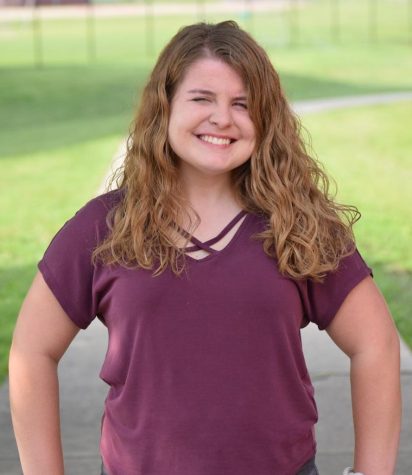
Hi! My name is Tabatha Fitzgerald, but most of friends call me Tabbs or Tabby. This is my second year on the Journal, and I am a features writer. I’m...


